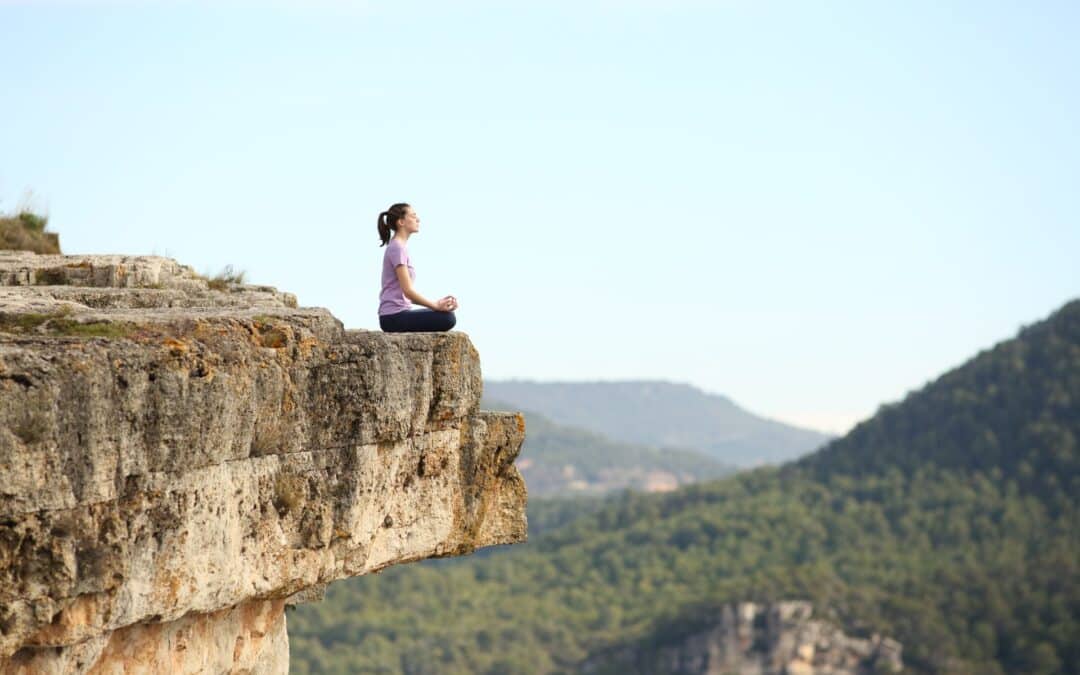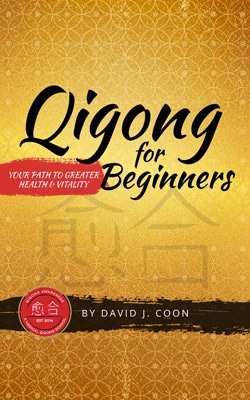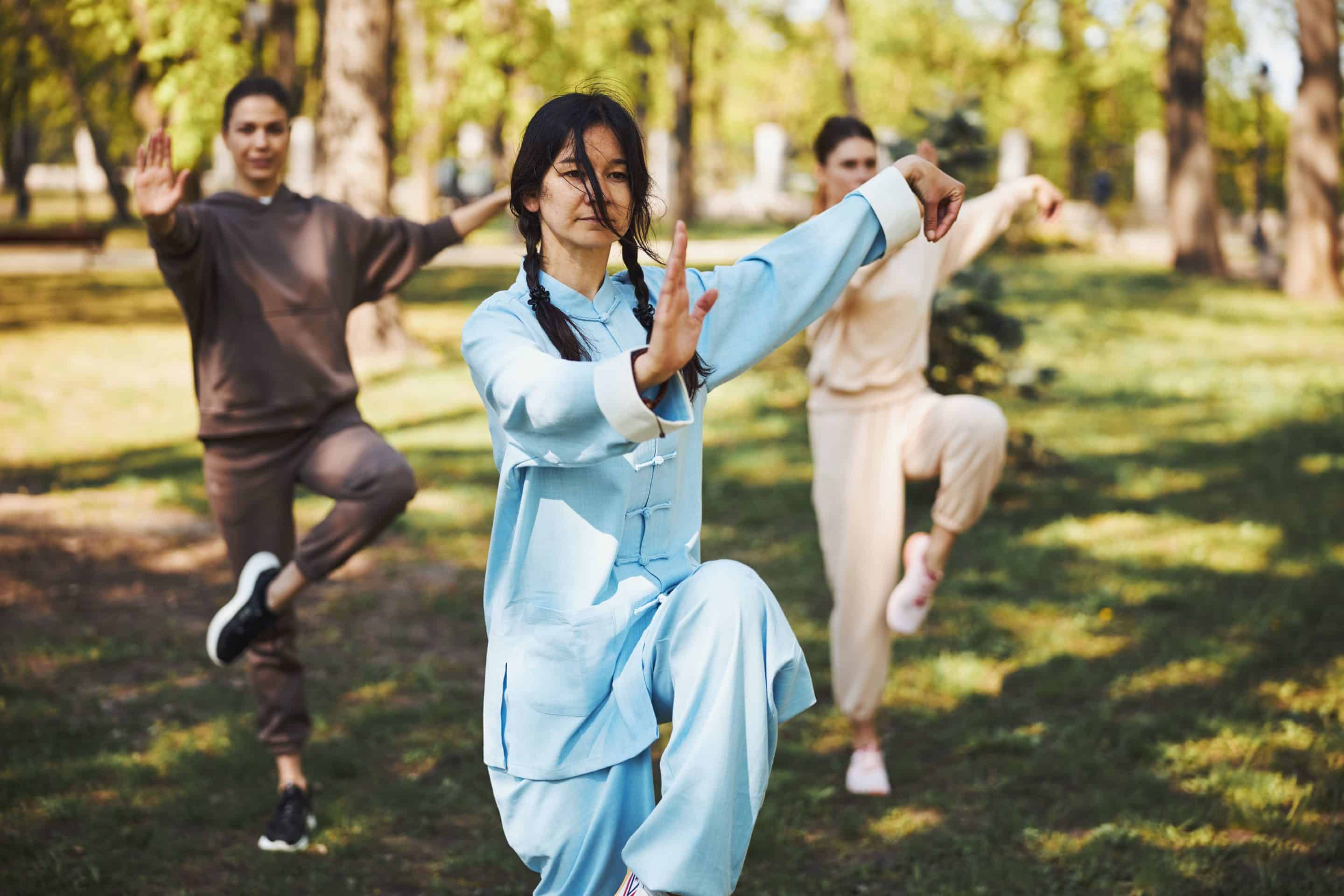Qigong for a Clear Mind: Plus, Three Exercises for Reducing Anxiety
Master Oogway, the elderly tortoise in the movie Kung Fu Panda, has lots of sage advice for his disciples of Martial Arts. Among them is the importance of a clear mind—as he tells the red panda, Master Shifu, “Your mind is like this water, my friend. When it is agitated, it becomes difficult to see. But if you allow it to settle, the answer becomes clear.” From “the force” that jedis must master in Star Wars to Zen principles taught in Martial Arts movies, Kung Fu Panda is just one of many popular stories that draw inspiration from Eastern philosophy and Qigong. Though most of us won’t find ourselves fighting stormtroopers or locked in hand-to-hand combat, these stories speak to us (and speak to kids) because we can all relate to this need for tranquility—what we call mental clarity or a Zen state of mind. Life can be challenging, bringing with it all kinds of stress, large and small. But stress distracts us from the more important things in life, not to mention it can lead to serious health issues like cancer. This is where Qigong can help: by converting stress into productive energy; we manifest positive outcomes to lead a longer, more energized life.
How does Qigong create mental clarity?
Mental clarity is connected to our emotional state. When we feel anxious, our emotions generate active thoughts, some of which are negative or unwelcome. These thoughts, in turn, can make us feel even more anxious. One of the most important aspects of stress relief through Qigong is the focused attention on our breath. When our minds feel cluttered, we sometimes forget to breathe mindfully. In fact, most of us have become mouth breathers as we’ve gotten older—but when we were born, we naturally breathed through our nose and belly. Practicing deep belly breaths helps regulate our central nervous system, keeping us from entering a state of fight or flight. If you’re interested, you can read more about breathwork in our blog post about breathing and Qigong.
In addition to breathing, Qigong exercise also helps loosen the body, leading to increased relaxation. We store tension in different parts of our bodies, and Qigong is a holistic exercise that warms up your muscle tissues as well as joints, fascia, and internal organs. Finally, Medical Qigong can help qi flow more evenly throughout the body, which improves mental clarity.
Are there specific areas of the body I should focus on to reduce stress?
While we hold tension in different parts of our bodies, we tend to store emotions in our navel center. This area is also called the sacral chakra, or the lower Dantian (one of three “essences” of the body in Traditional Chinese Medicine) and is located a few inches below our belly buttons. Our navel centers are where our “emotional selves” live. Our “emotional selves” contain our past experiences, emotions, and states of mind and are important parts of who we are. But they can also hold onto a lot of fear and anxiety, and this can inhibit mental clarity. Some great Qigong exercises for stress relief involve flowing qi from the belly (sacral chakra) up to the heart (heart chakra, located in the middle Dantian) to alleviate this tension. Our heart chakras have an enormous potential for healing, but they must be open, balanced, and flowing in the right direction. As David J. Coon puts it, treating anxiety through Qigong is a kind of alchemy—it takes stagnant energy and transforms it into flowing energy.
What exercises do you recommend for reducing anxiety?
Qigong is great for soothing nerves overall, but here are three that focus on treating anxiety long-term.
Qigong Circular Breathing Exercise
Set a timer for five minutes. Stand with your legs shoulder-width apart. Relax your hips and legs. Place one hand over the other, then place both on your belly, just below your belly button. This is your lower Dantian. Take a deep, slow inhale through your nose, letting your breath fill your belly first, then the upper abdomen, followed by the lungs. Exhale slowly out your mouth. In addition it is important to exhale longer through the mouth gently pushing out old stagnant breath and toxic qi. Resist any urges to itch or fidget, staying as physically still as possible. Urges to itch or fidget come from our emotional selves, which activate distracting thoughts. Continue to breathe. After five minutes are up, shake out your jitters, using your hands to pat out your arms, shoulders, leg, stomach, and chest.
This tapping exercise (Dao In) is excellent for clearing the lymph system, which is responsible for cleansing toxins from our blood. Working with this breathing practice also works with the internal endocrine system and hormonal glands, it stimulates life giving hormones and happy hormones like serotonin as well as qi to detox the body. Because these exercises will cause your body to detox, you may feel slightly nauseous or dizzy. If you do, sit and take time to rest. Also, important to drink a glass of water to help flush toxins from your body.
Standing Like A Post “Hugging The Tree” Qigong Exercise
Start by standing with your legs apart (take a closer stance for ease, or a wider stance for more of a challenge). Bend your knees slightly. Float both arms up and out in front of you to shoulder height, then turn your palms inward toward your face. Round out your elbows, as though there is a giant beach ball below your arms. Imagine that your arms are being held up by puppet strings.
Holding this pose, take a few slow but deep breaths. Breathe in through the nose filling the lower belly first. Then gently fill the upper belly with breath. Then fill the lungs with breath. As you exhale release the breath from the chest first. Then release the breath from the abdomen. This exercise incorporates a breathing pattern similar to the Circular Qigong Exercise above except now we are breathing in and out through the nose.
While holding this posture, allow your shoulders to relax. Also, allow your elbows to relax. It is also important while practicing this exercise to tuck the pelvis slightly forward. Straighten out and essentially flatten the lumbar curve.
Standing Like A Post Exercise will increase energy, calm the mind, strengthen the body, and increase balance and overall strength. We recommend beginning with one minute and then working your way up to 5 minutes and even eventually 10 minutes.
Unconditional Laughter
They say, “Laughter is the best medicine,” and with good reason! Laughter has amazing effects—not just on your mood and mental state, but on your physical health, which is reason alone to actively incorporate it into your life.
Close your eyes and think of a moment in your past that made you laugh. If nothing comes to mind, try making up an amusing scenario. Once you’ve focused on a moment, open your mouth wide and project laughter into the air around you. If you find it hard to get started, you can try saying things like, “That’s so hilarious!” or “I can’t believe that happened!” Staging these scenarios can help you get into the right frame of mind. You can also try practicing alongside David in this video. Finally, try placing your hand over your liver (located to the upper right of the belly) as you laugh. Emotions like anger and fear cause strain on the liver and can contribute to cancer. It’s very healing for the liver to experience laughter.
This exercise can initially feel silly and unnatural, but it will come more easily with practice. We often think of laughter as something that happens spontaneously, when we stumble upon something humorous and unexpected. But think of it as an exercise just like any other. Whether this exercise leads to organic laughter or not, your body will recognize it as a physical release of anxiety and stress. When we laugh, our bodies produce positive energy that circulates throughout our bodies, regulating our stress hormones. And practicing laughter, even if you don’t feel like it, may be exactly what you need.
Here is a past session led by David about the power of Qigong for reducing anxiety and increasing mental clarity.







